Language-Based Learning Difficulties
What is Language-Based Learning Difficulties?
Learning disabilities based on underlying problems with language can result in a child having subtle difficulties with areas of communication (i.e., reading, writing, or spelling) at an age-appropriate level. Children use their oral language skills to socially interact with peers on the playground, but they also use oral and written language skills to learn information and new abilities in the classroom. Difficulties with language comprehension and production can impact a child’s ability to succeed in school.
Children who are identified as having language-based learning disability or difficulty (LLD) in school may or may not have histories of speech or language development problems during their preschool years. These difficulties often become apparent as students transition from communicating with others mostly through oral language (speaking and listening) to communicating ideas through written language (reading and writing). Language-based learning difficulties are often noticeable during the intermediate grades as children are required to “read between the lines” and develop inference skills. Language-based learning difficulties are different from cognitive abilities, as most people with LLD have at least average intelligence.
Dyslexia, which presents as difficulties with reading, is the most commonly known language-based learning disability/difficulty.
What can professionals do to help?
The speech-language pathologist (SLP) may evaluate various aspects of the child’s oral and written language abilities in addition to routine speech and language assessments. Treatment targets will depend on the specific areas of need for the student. These may include comprehension and use of spoken or written language, strategies to support learning in and out of the classroom, or learning about parts of words (e.g., breaking words into sounds or syllables). As part of the school-based team, the SLP will collaborate with the classroom teacher and parents to ensure that areas of individual need are addressed, that strategies are specific to the student’s needs, and to ensure carryover to other areas of the student’s life.
